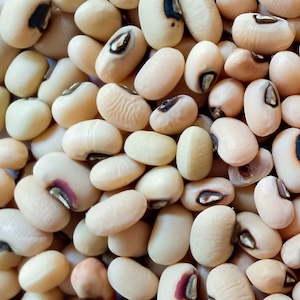Original Articles
26 July 2017
Vol. 48 No. 4 (2017)
Comparative evaluation of mechanised and manual threshing options for Amankwatia and AGRA rice varieties in Ghana

Publisher's note
All claims expressed in this article are solely those of the authors and do not necessarily represent those of their affiliated organizations, or those of the publisher, the editors and the reviewers. Any product that may be evaluated in this article or claim that may be made by its manufacturer is not guaranteed or endorsed by the publisher.
All claims expressed in this article are solely those of the authors and do not necessarily represent those of their affiliated organizations, or those of the publisher, the editors and the reviewers. Any product that may be evaluated in this article or claim that may be made by its manufacturer is not guaranteed or endorsed by the publisher.
5589
Views
1353
Downloads
2328
HTML












